Generating Product images using GPT-4o image generation
OpenAI's GPT-4o introduces advanced image generation, enhancing text rendering and detail accuracy, yet faces challenges in product image precision.
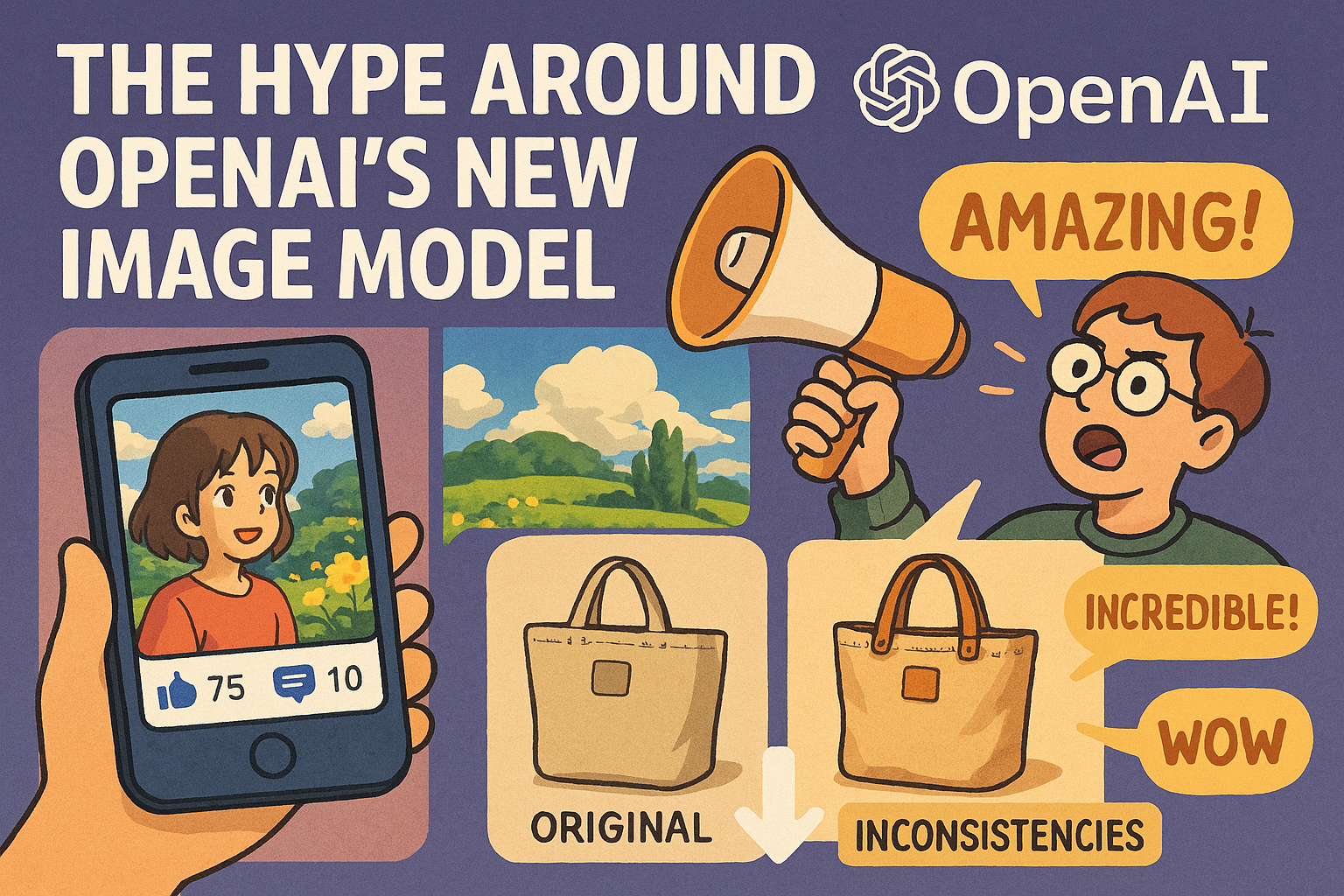
OpenAI recently announced image generation capabilities for it's GPT-4o model. It now allows users to create detailed visuals directly within ChatGPT. The model is particularly noted for its attention to detail, getting long text rendered in the image, accurately rendering complex prompts and leveraging its knowledge base for contextually relevant outputs. The model quickly gained widespread attention as users began generating images in the distinctive and whimsical art style of Studio Ghibli, sparking a wave of creativity and sharing across social media platforms.
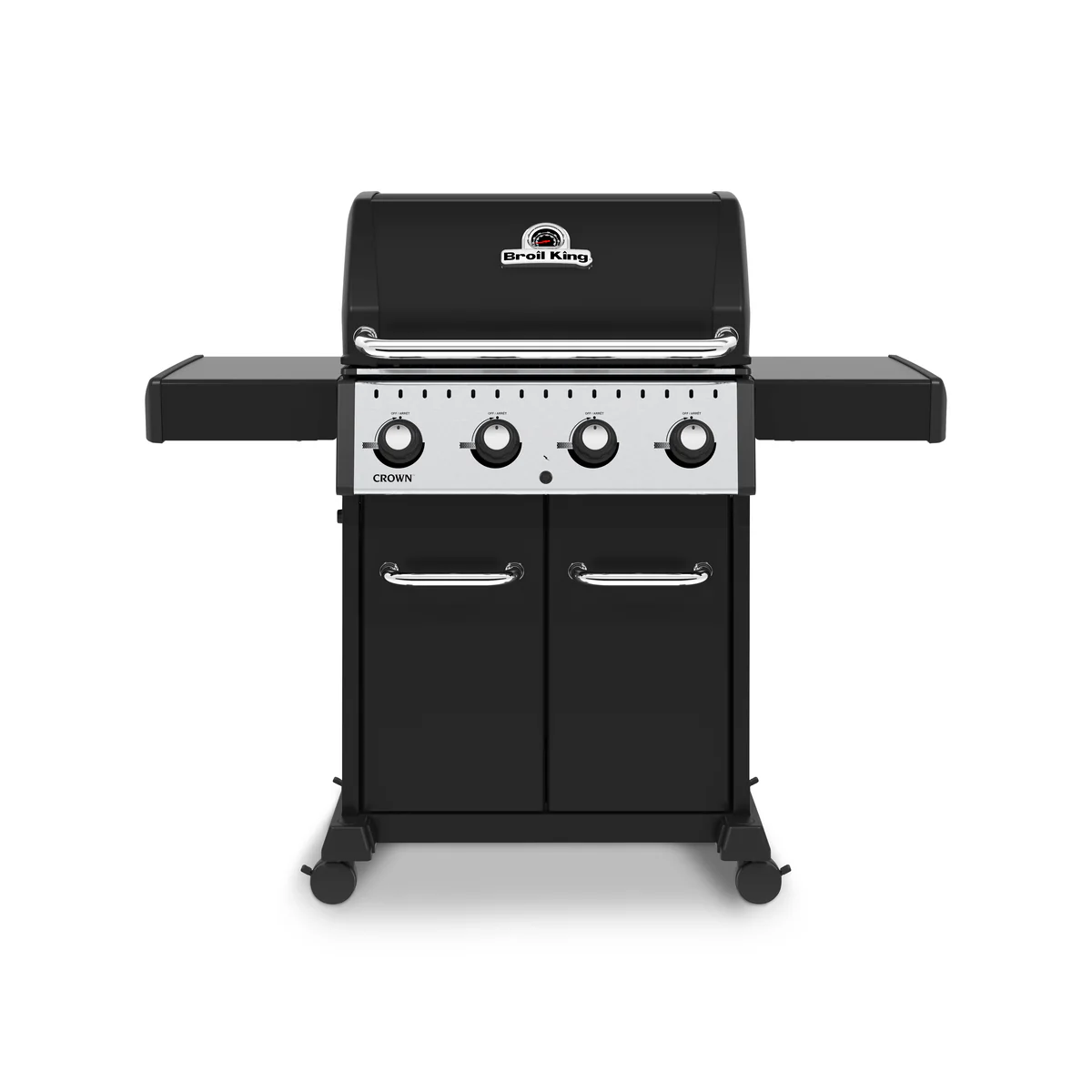
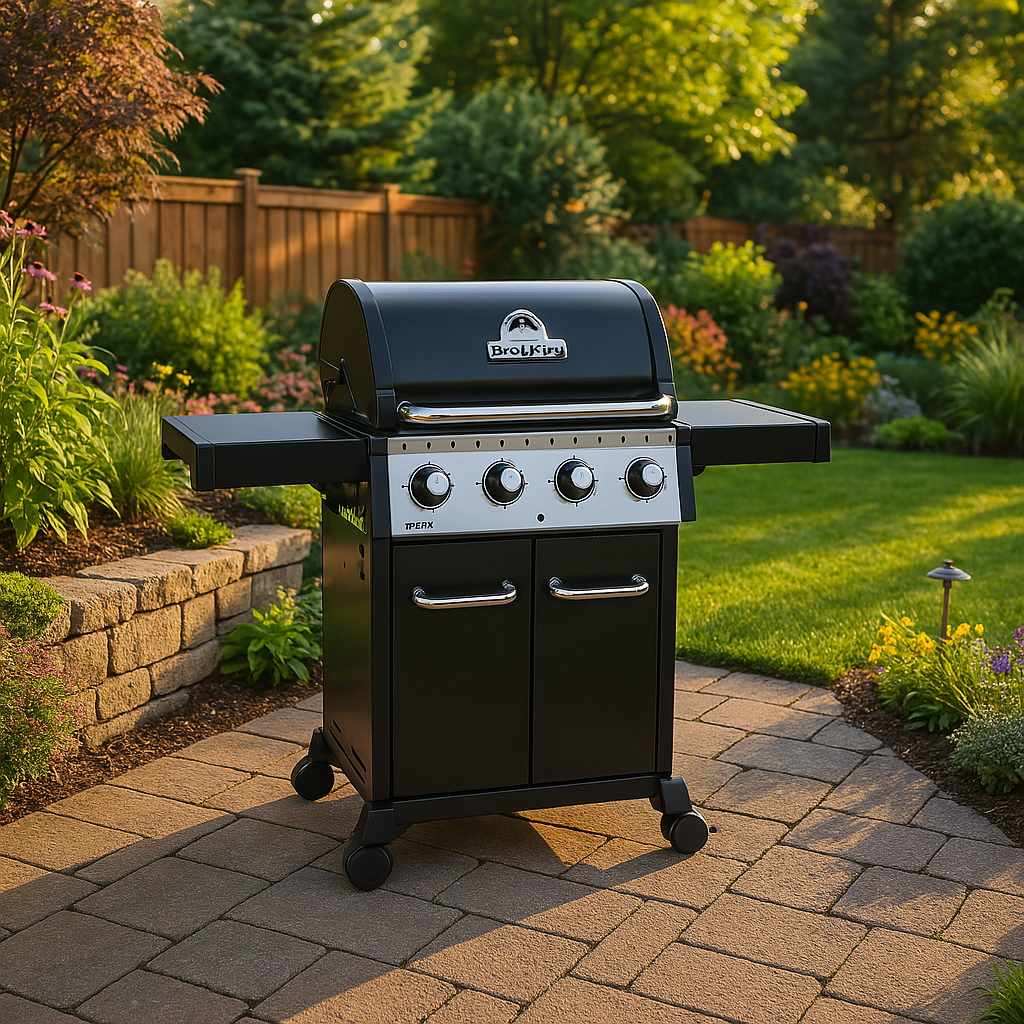
L: Original Product Image R: OpenAI GPT 4o Generated
GPT-4o’s Native Image Generation Is a Game-Changer
At Segmind, we spend a lot of time evaluating generative models — not just for raw performance, but for how they integrate into real-world creative and production workflows. With the launch of GPT-4o's native image generation, OpenAI has taken a significant leap forward. This isn't just another image model; it's a deeply integrated multimodal system that represents a meaningful shift in how we build and interact with visual AI.
What sets GPT-4o apart is its true multimodal design — the same neural network handles text, code, and image generation, leading to a much deeper understanding of user prompts. This enables complex prompt handling, managing up to 20 objects (vs. 5–8 in other models). We have seen better visual alignment with intent, thanks to shared language + vision understanding.
Text rendering has finally hit prime time. Earlier models like DALL·E from OpenAI struggled with garbled text — but 4o delivers clean, photorealistic images with legible text. This might sound like a small fix, but it unlocks massive utility across advertising, eCommerce, and education. VentureBeat rightly called the image quality “insane”, and we agree. This alone solves a huge pain point for creators trying to bring text-heavy visuals to life without post-editing.
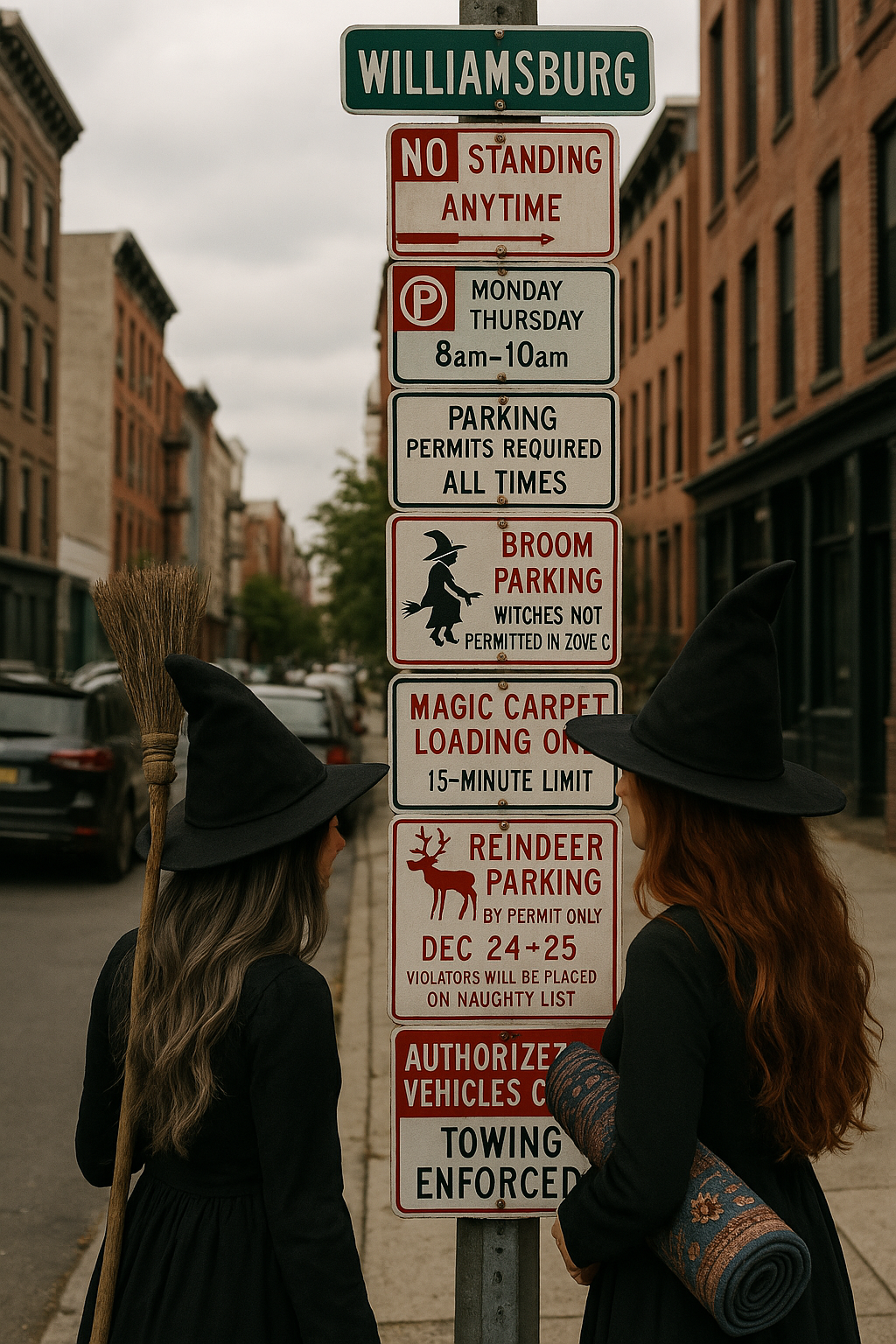
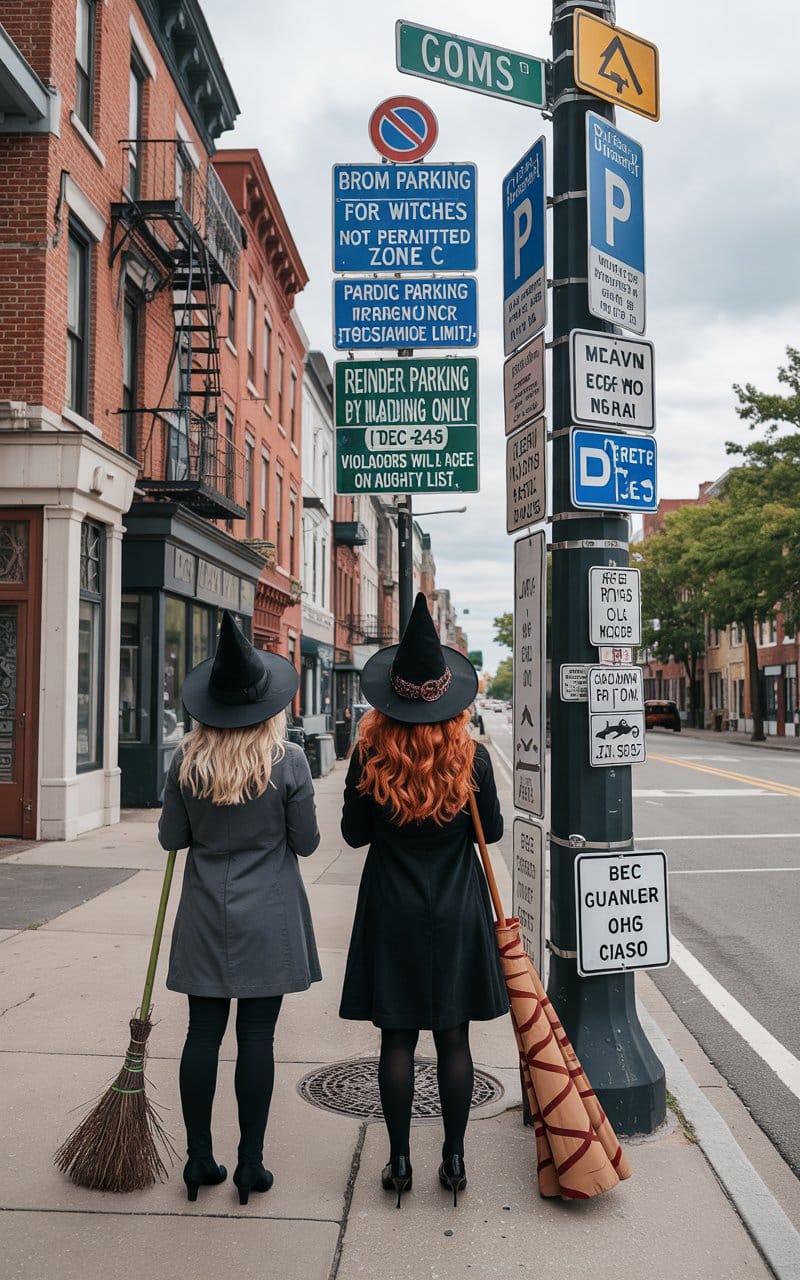
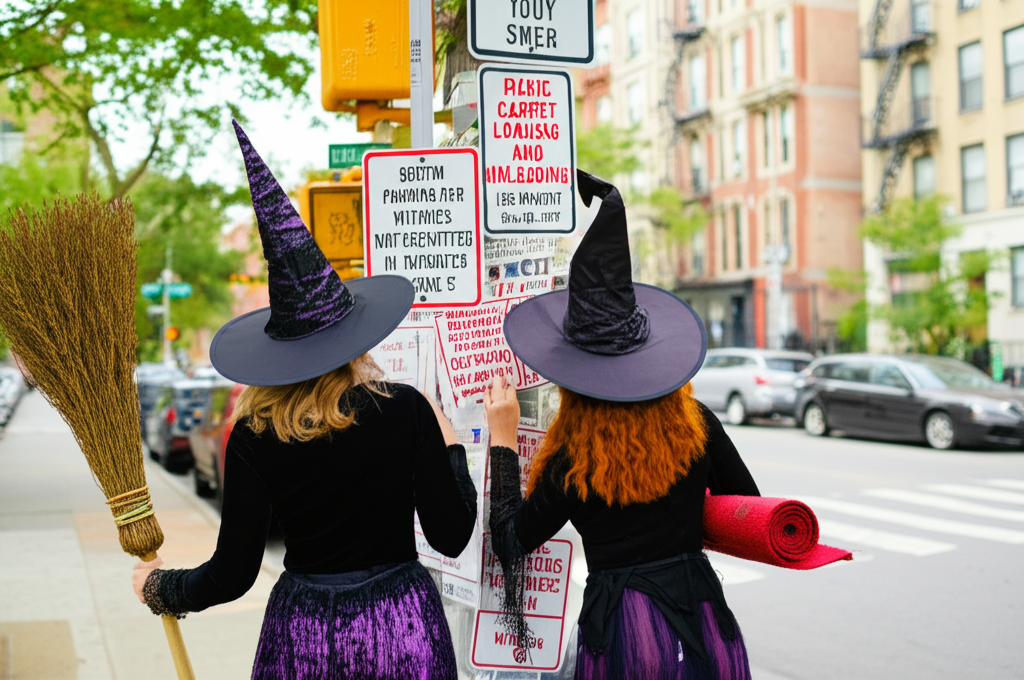
L to R: OpenAI 4o, Ideogram 3.0 and Gemini Flash 2.0 (we were unable to generate an image with vertical aspect ratio via Flash 2.0)
It’s worth noting that our partners at Ideogram have been steadily pushing the boundaries of text rendering in images for a while now. Their models are optimized to handle short-to-medium length text with impressive clarity, and they do so at significantly faster speeds and lower costs. While GPT-4o’s text rendering is more robust and versatile overall, especially for nuanced prompts, Ideogram remains a strong option for use cases where speed and efficiency are critical. With 4o’s image generation currently taking 120+ seconds per image, we expect its costs to be 3–5x higher once pricing is announced.
Beyond quality, interactive editing is where 4o really shines. You can talk to the model to tweak images, allowing users to refine images through natural language conversation. It uses in-context capabilities to analyse user uploaded images to render changes as you asked for.
As far as safety is concerned, 4o has Built-in C2PA metadata for image authenticity. It allows for a reversible search to verify if the image was generated using this model. It also blocks prohibited content, such as child sexual abuse and sexual deepfakes, with heightened restrictions for real people, particularly minors.
Where GPT-4o Still Falls Short — Especially for Product Image Generation

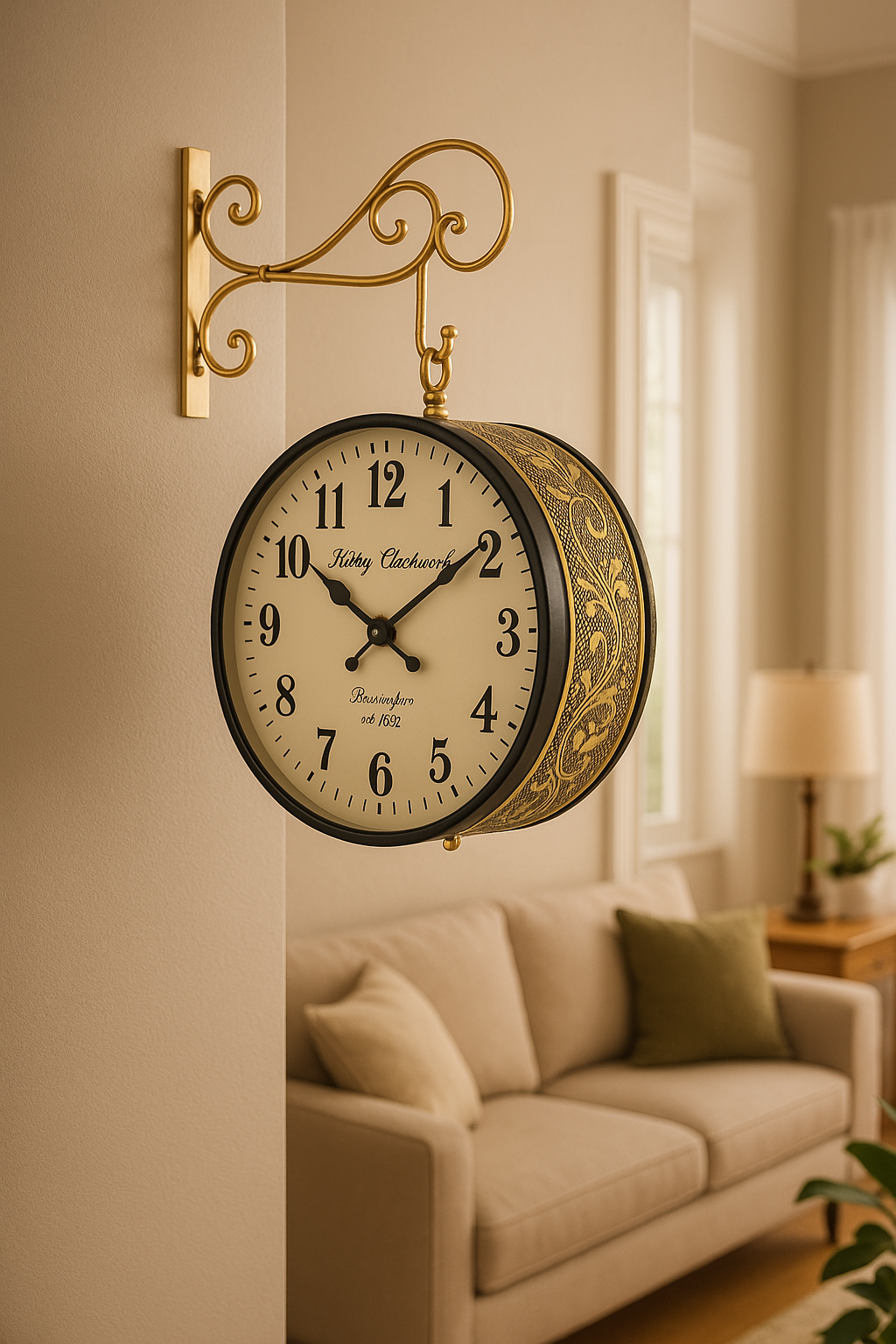
As impressive as GPT-4o’s native image generation capabilities are, it’s important to acknowledge where the model currently struggles — particularly in precision-heavy domains like furnishing and fashion. These categories demand extreme accuracy in fine details. Here are some of the common limitations we’ve seen:
- Editing Issues: Refining specific parts of an image (e.g., changing product or dress color) often alters unintended areas like logos or patterns, introducing new visual errors.
- Face Consistency: In fashion-focused generations, the model struggles to maintain the same face across iterations, creating inconsistencies that break realism.
- Detail Distortion: Fine-grained elements — such as stitching, fabric textures, wood grains, or logos — often appear blurred or inaccurate.
- Information Density: Small but critical design features (like product labels or intricate detailing) tend to get lost, affecting visual clarity and brand perception.
These limitations become more pronounced when speed and cost come into play. With generation times exceeding 120 seconds per image, and pricing details still pending, we anticipate 4o to cost 3–5x more than current lightweight alternatives. While its multimodal power is unmatched for conceptual and narrative use cases, businesses needing high-volume, detail-accurate product visuals at scale may find it challenging to adopt 4o as-is for production workflows.
At Segmind, we’re actively experimenting with ways to bridge this quality-speed-cost gap, including hybrid workflows and optimized fine-tuning. Until then, understanding where each model shines — and where it doesn’t — is key to building truly scalable solutions.
Final Thoughts
Despite these limitations, GPT-4o represents a significant advancement in image generation space. It is indeed 'insane' in creative tasks like designing magazine covers and generating illustrations, offering high-quality, detailed outputs.
The unpredictability of generated images, as noted in GPT-4o Image generation underscores the importance of workflows. Businesses may need to integrate GPT-4o into comprehensive processes that include quality checks, iterative refinements, and possibly combining it with other tools like our PixelFlow, to create predictable and consistent outputs.
As AI models continue to evolve, we believe the role of structured, production-ready workflows will become even more critical. These workflows empower businesses to fully harness the creative power of generative AI while maintaining brand consistency, reliability, and visual quality — not just for product images, but across a wide range of serious, real-world applications. At Segmind, our focus remains on helping teams deploy AI with precision and control. To illustrate the current strengths and limitations, we’ve shared sample images across key product categories below.
Sample Images
Left: Original Image; Right: GPT-4o Outputs

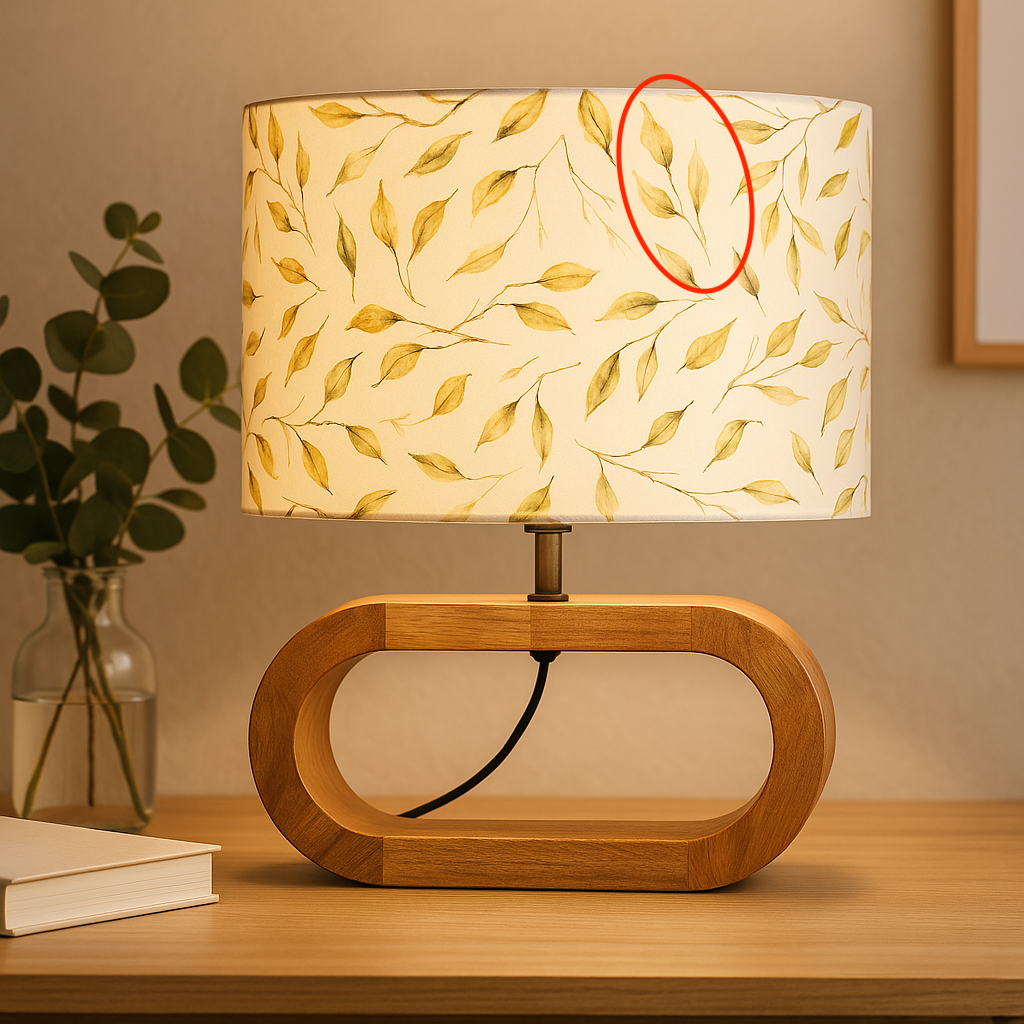

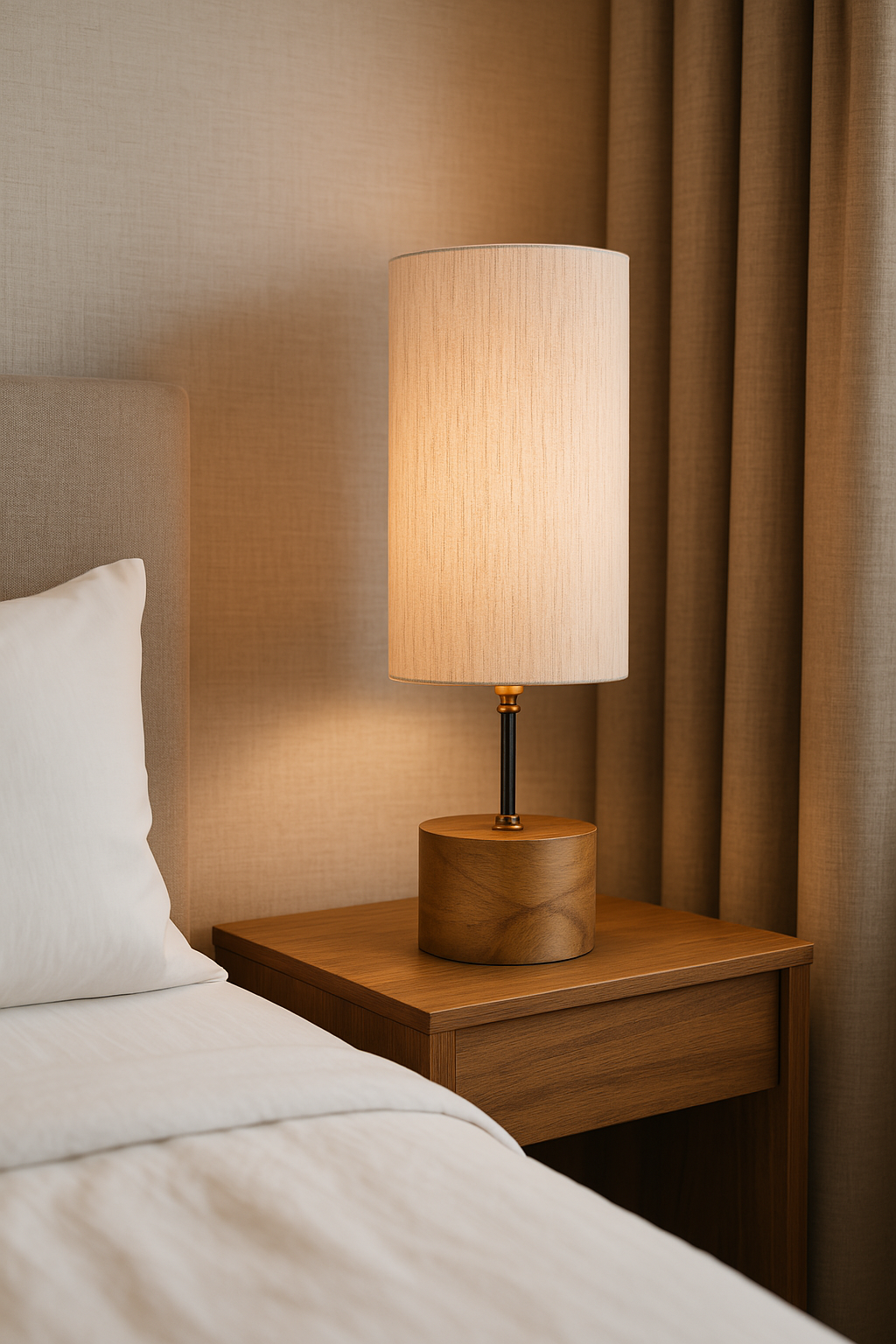


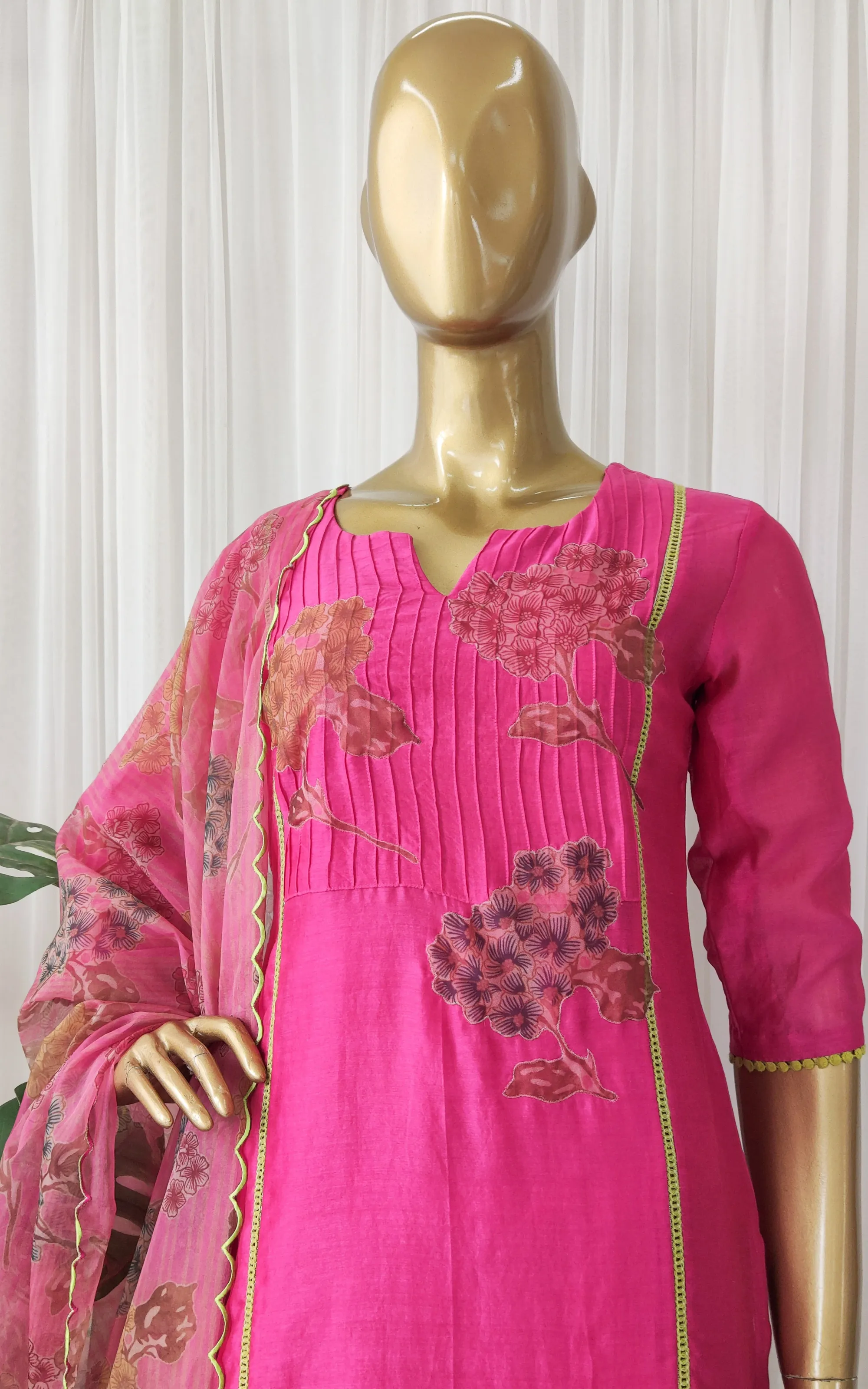
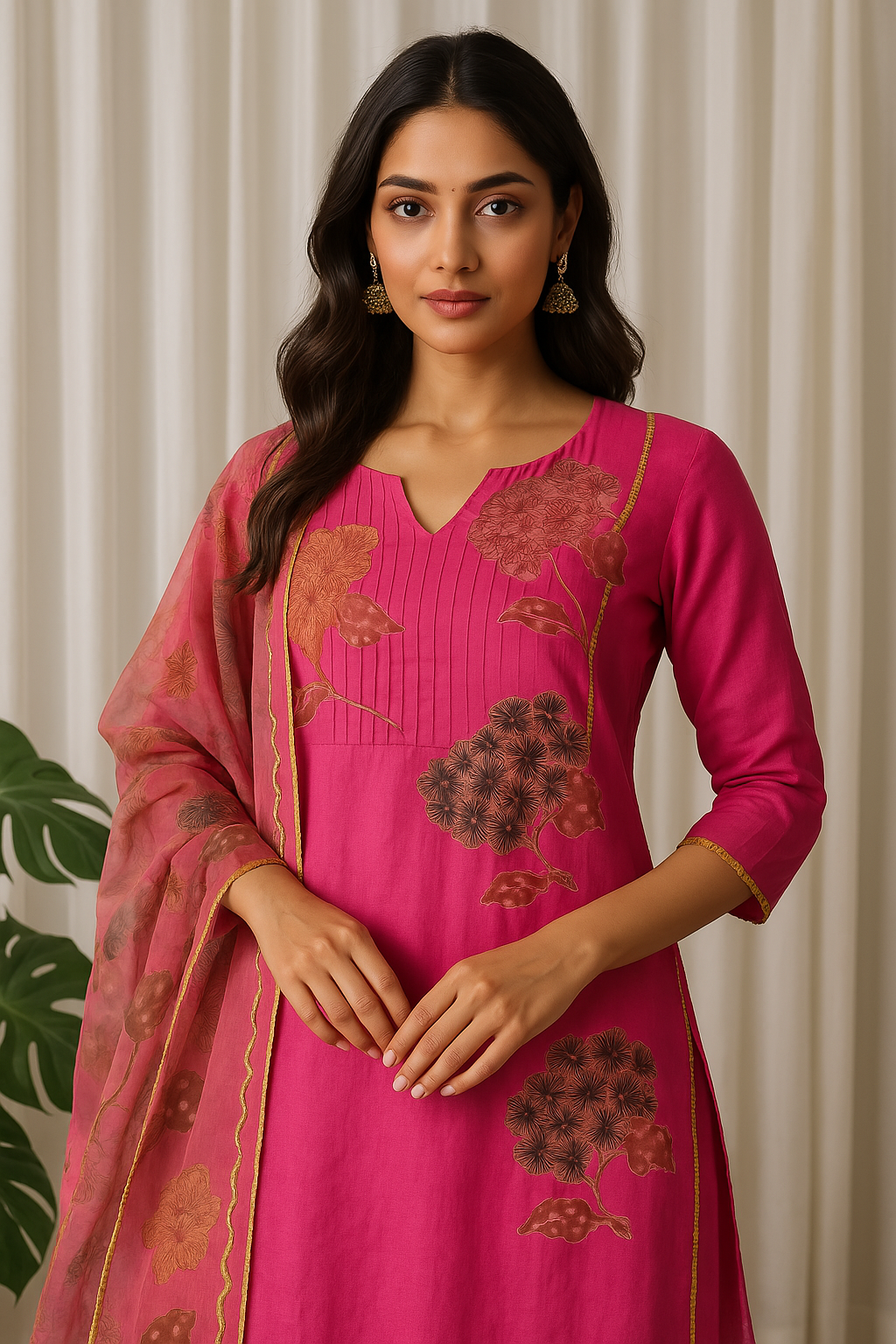
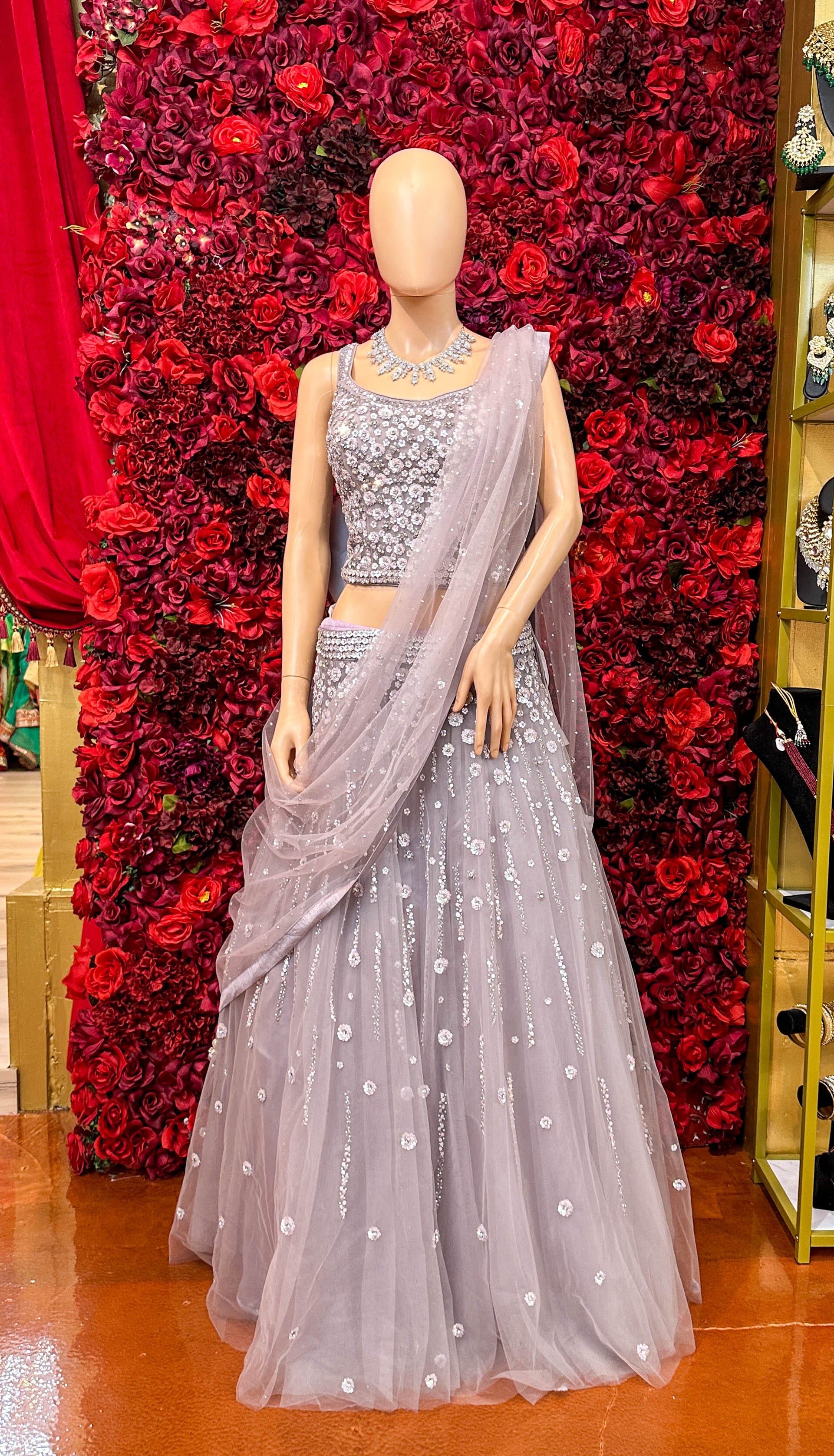
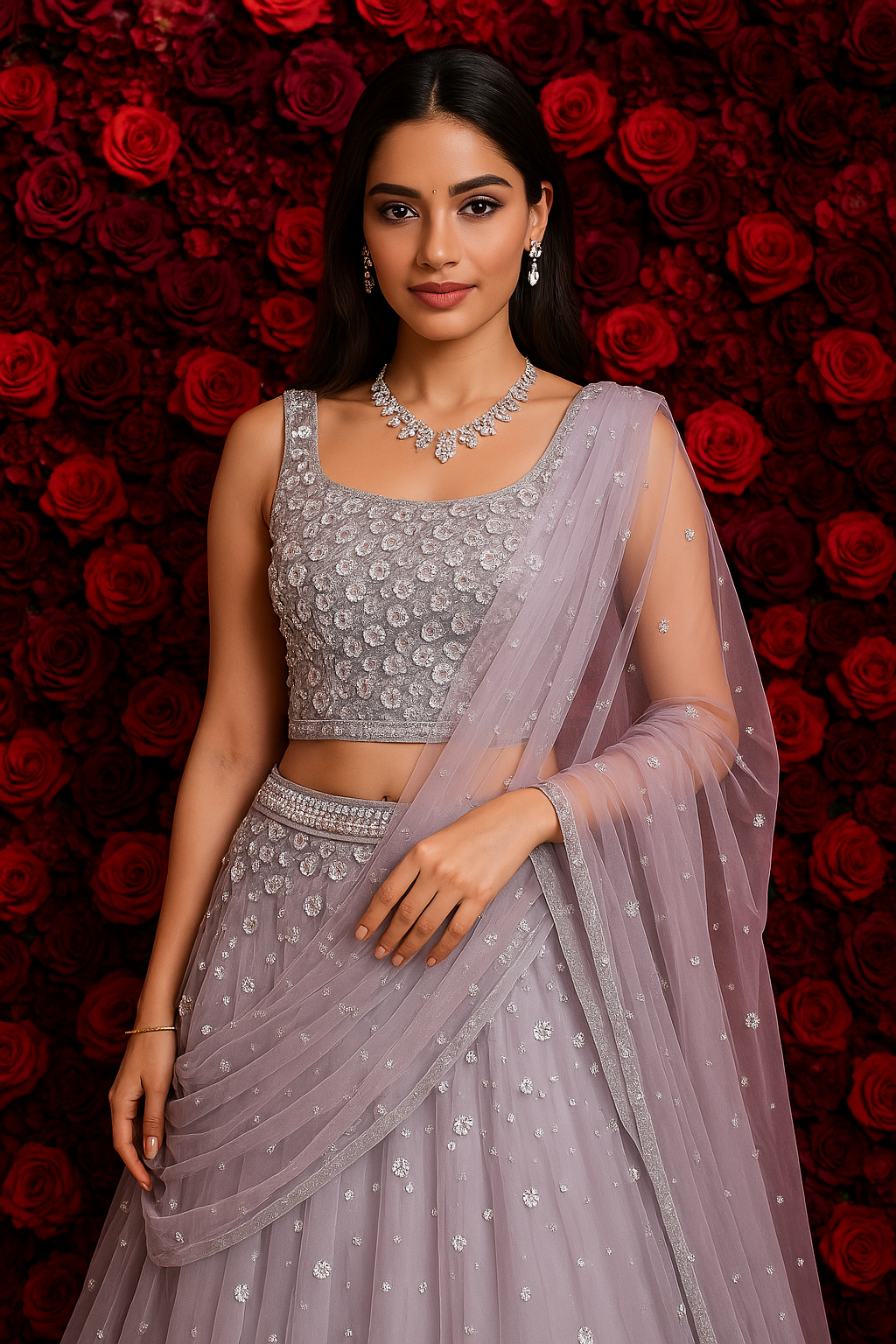
Disclaimer: Some of the images used in this article may reference or include copyrighted material, which has been used solely for illustrative and demonstration purposes. We do not claim ownership over any such content, and no commercial use is intended. All rights remain with the respective copyright holders.

